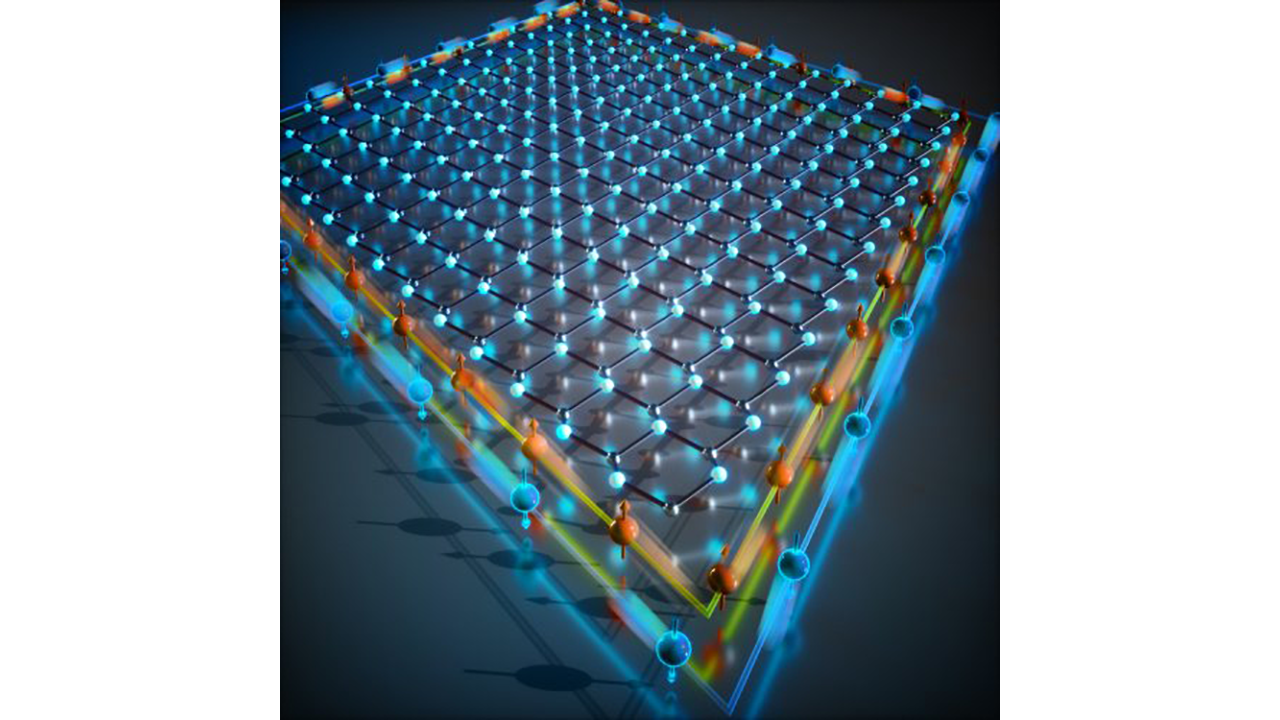NEWS | May 24, 2023
Microprocessors with Germanium are tackling power wastage

The next revolution is underway in microelectronics: Researchers at the University of Twente have discovered that germanene, a material derived from germanium atoms with the assistance of platinum, can significantly reduce the power consumption of microprocessors and similar components. As a result, technology becomes not only more energy-efficient but also generates much less heat.
Currently, electronic devices waste a significant amount of energy in the form of heat. This leads to higher power consumption and defects due to the damage caused to electronics by overheating. The reason for this is that in so-called topological insulators, many different materials are used simultaneously, which increases electrical resistance and consequently heat generation.
Germanene, on the other hand, behaves quite differently. Being composed of a single element, it hardly heats up. Like conventional topological insulators, the material blocks current flows in its interior but allows them on its surface simultaneously. Furthermore, germanene takes up very little space in electronics as its germanium atoms are arranged in a honeycomb lattice layer that is only one atom thick.
The material can also switch between “on” and “off” states. This makes it well-suited for use in newly developed topological field-effect transistors with unique properties. Recently, germanium has been able to replace previously used silicon in transistor technology (as we reported). Therefore, this semiconductor metal is gaining traction in microelectronics and is definitely worth investing in.